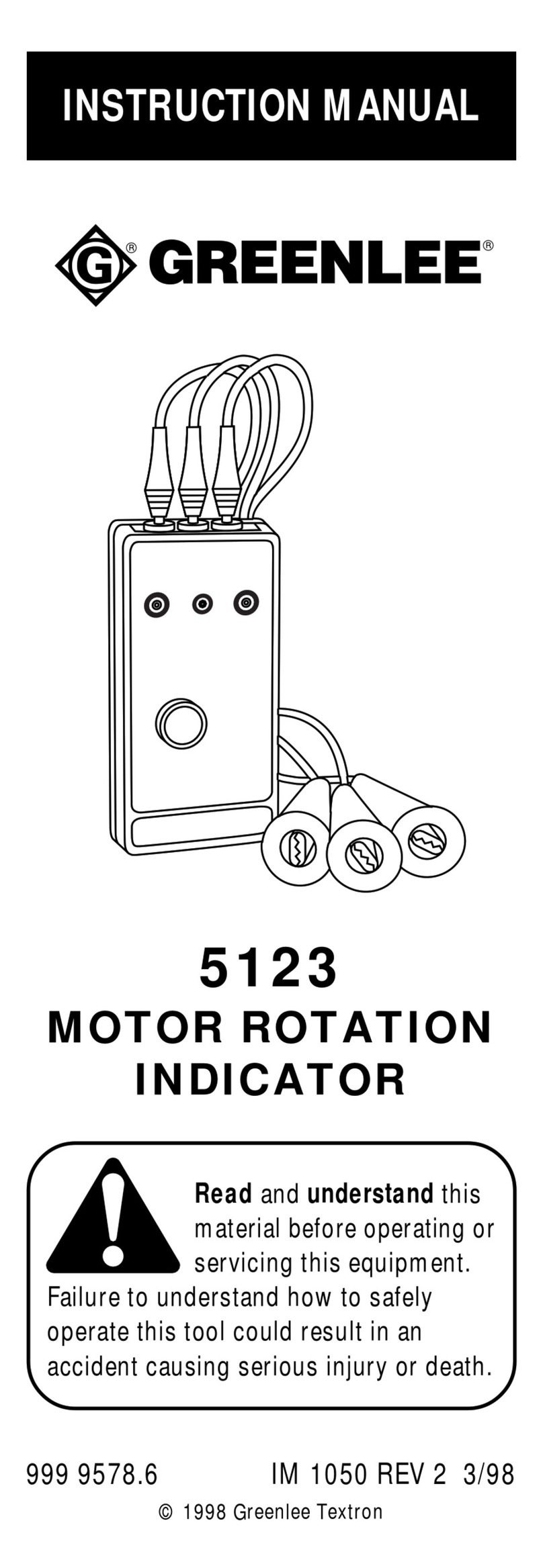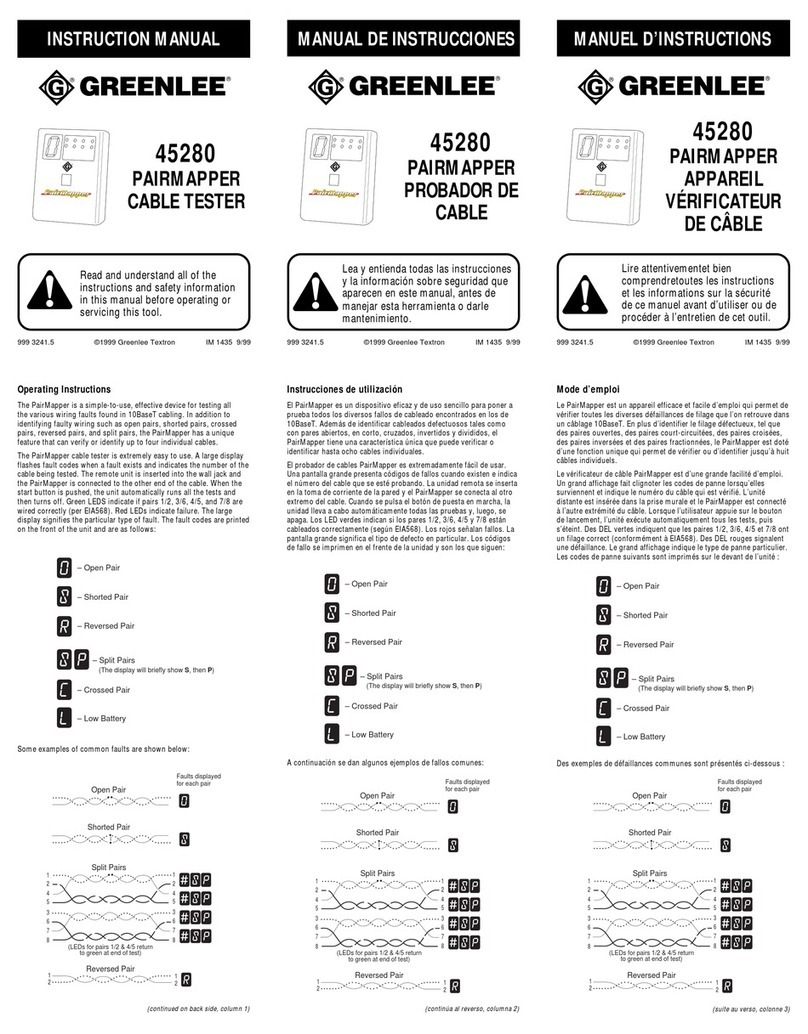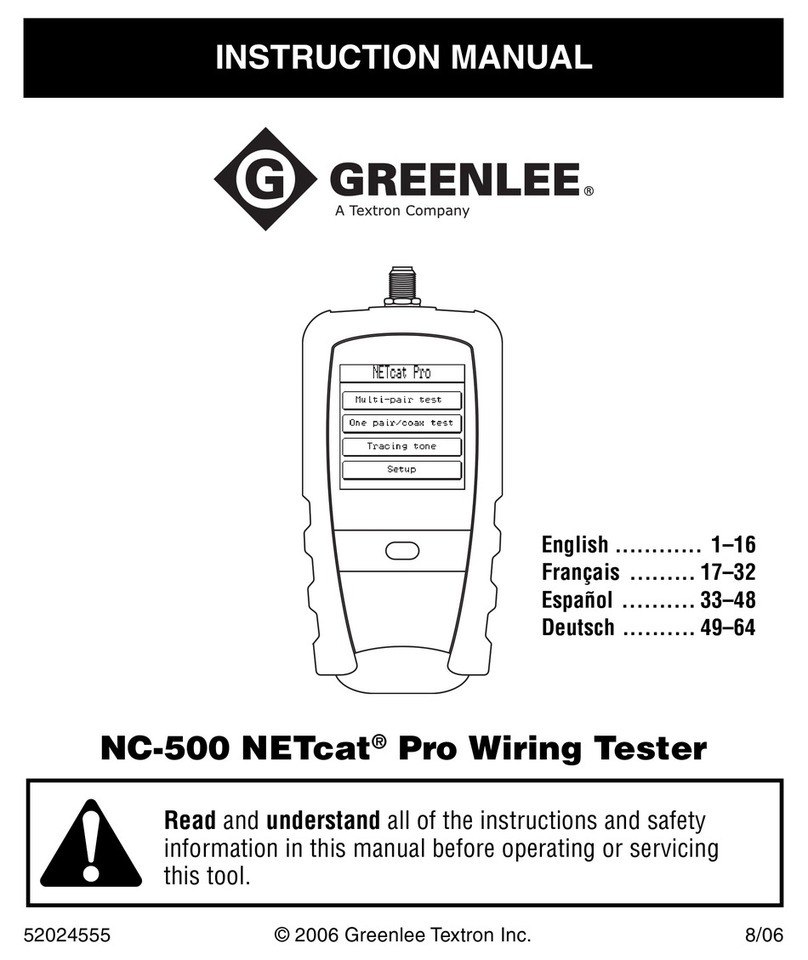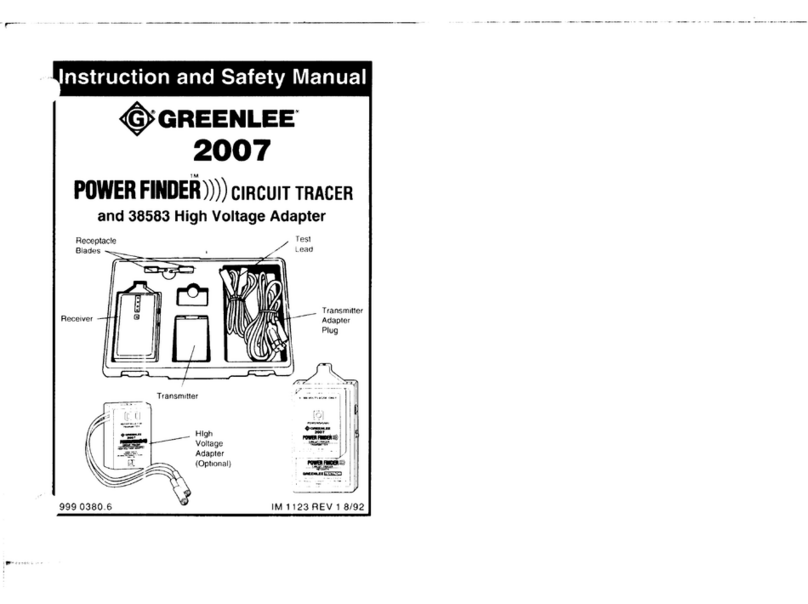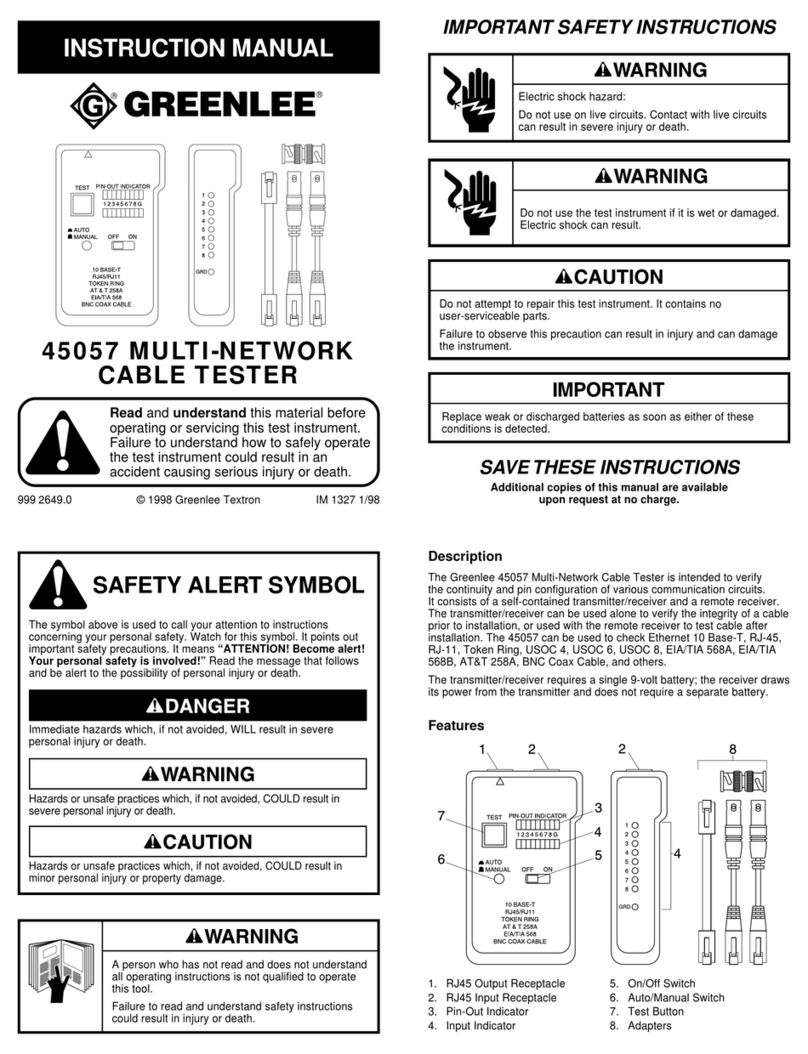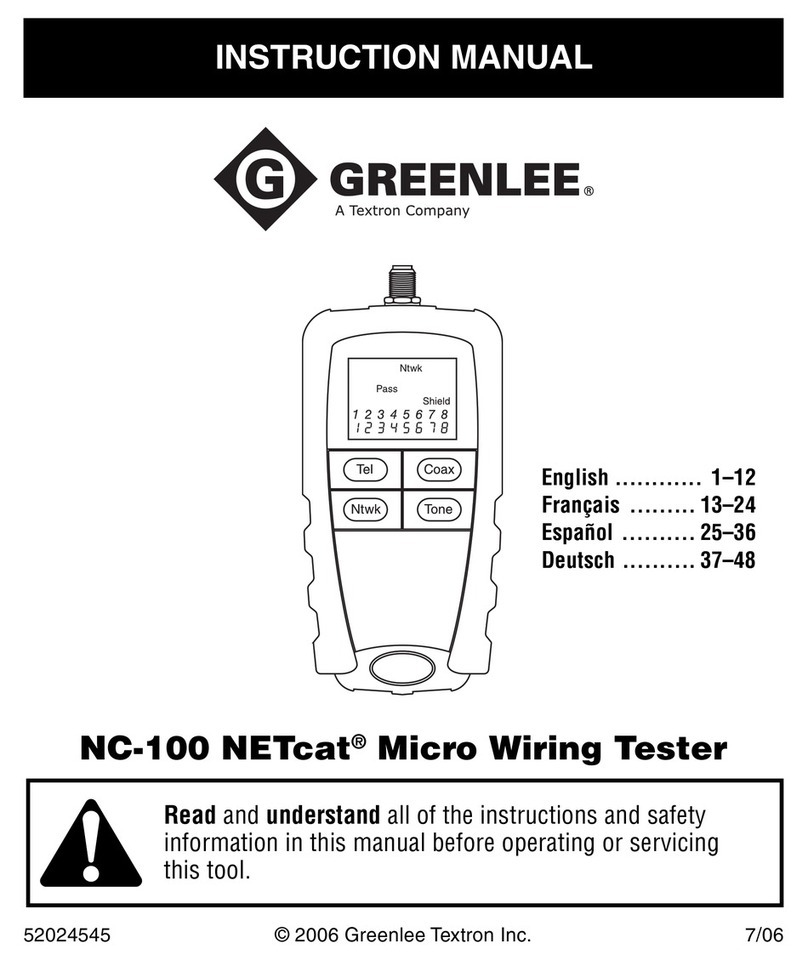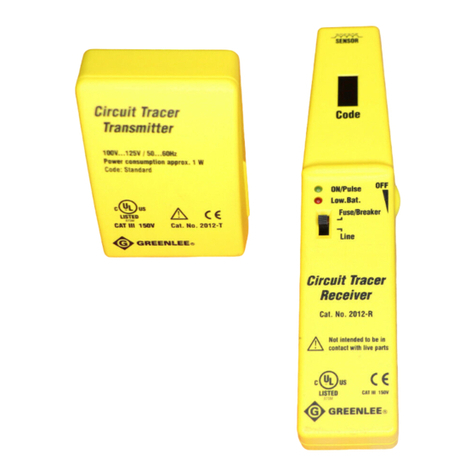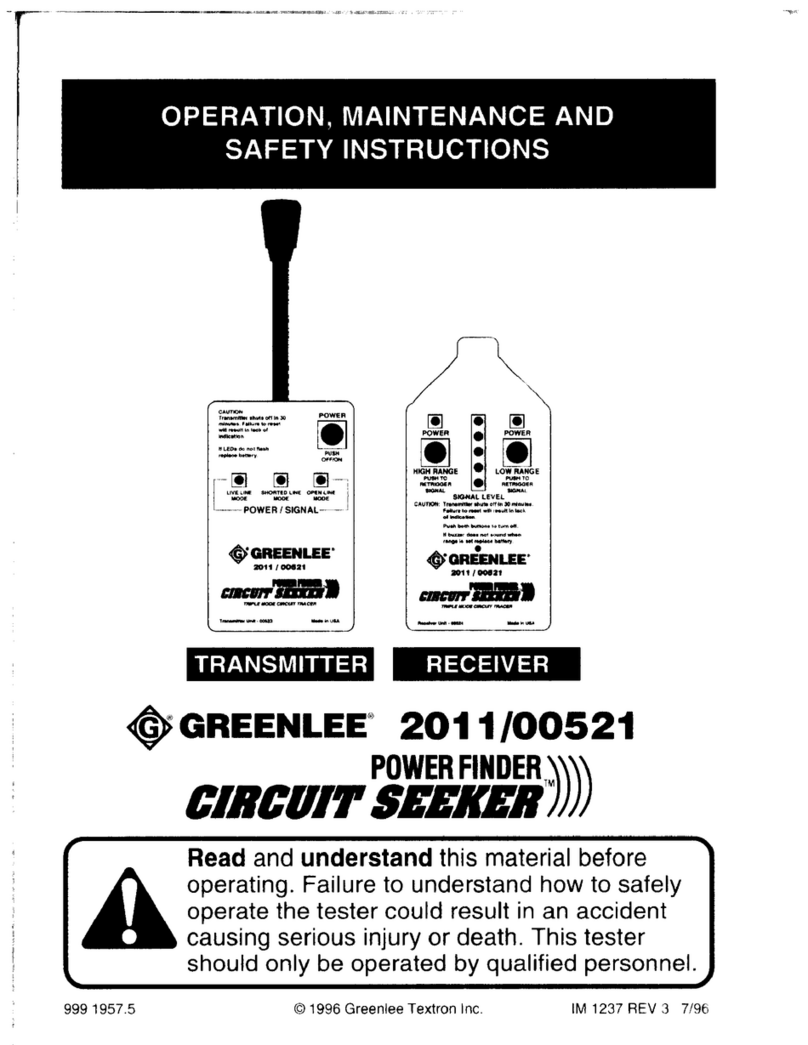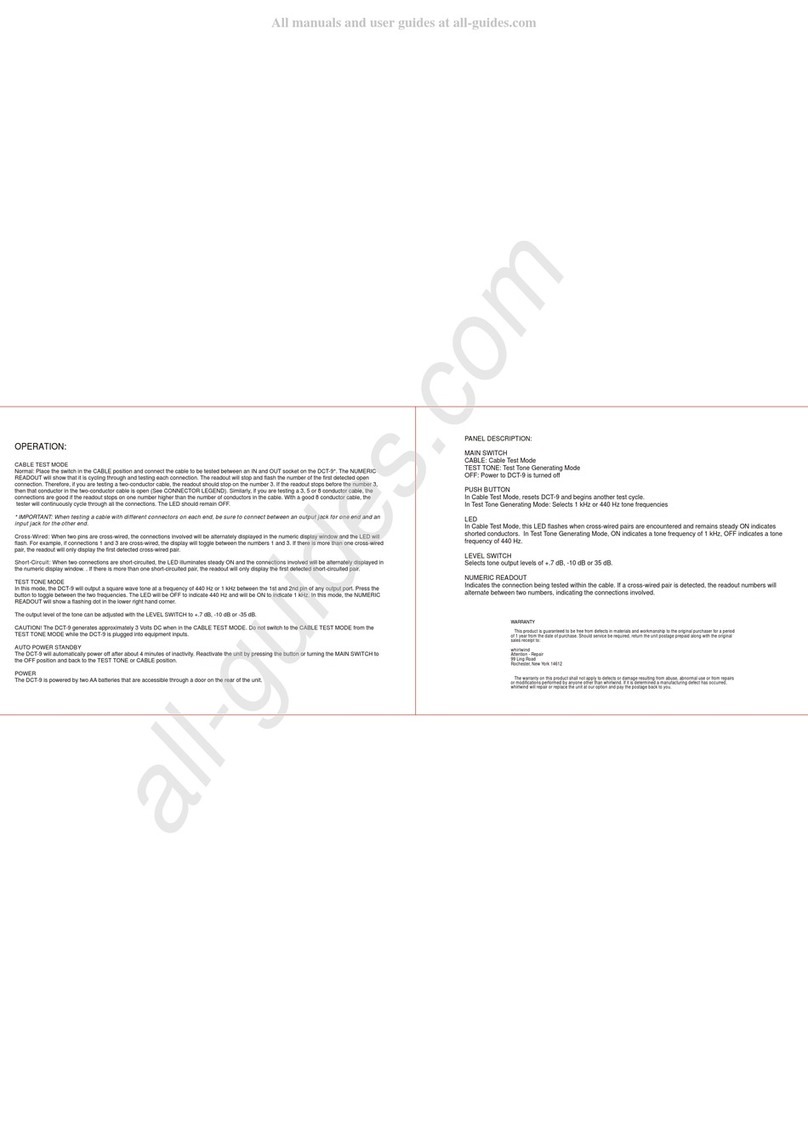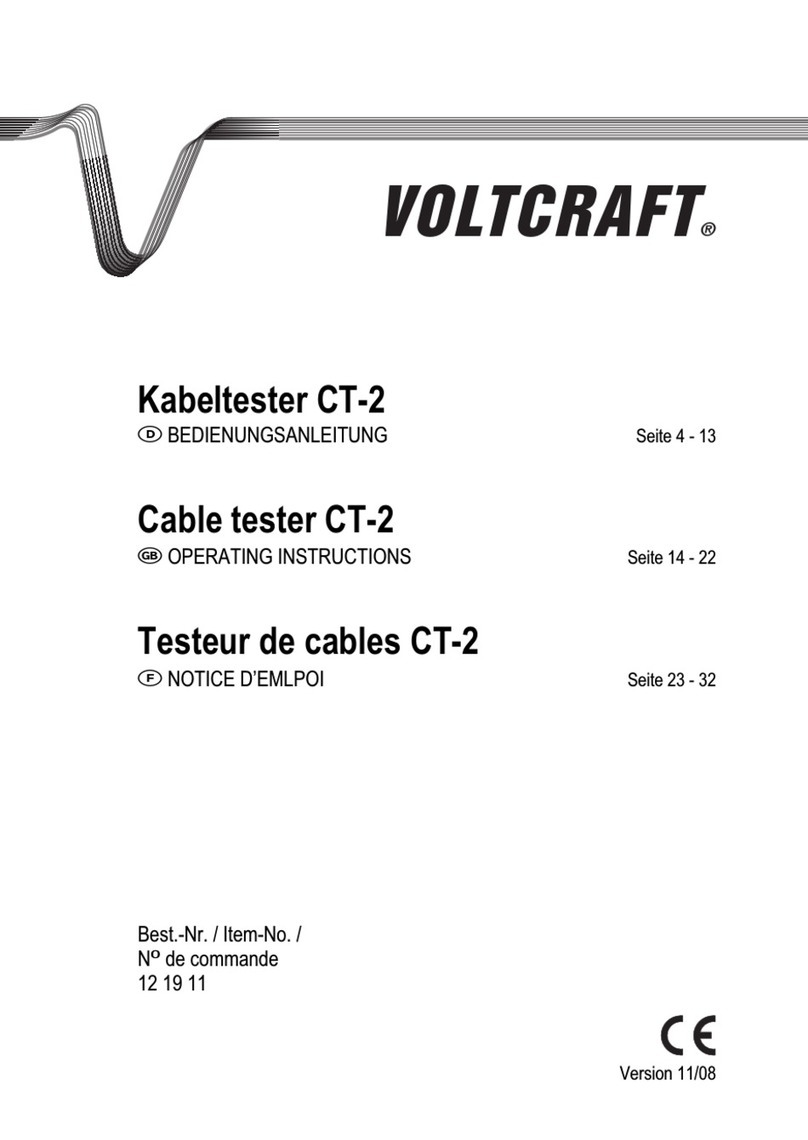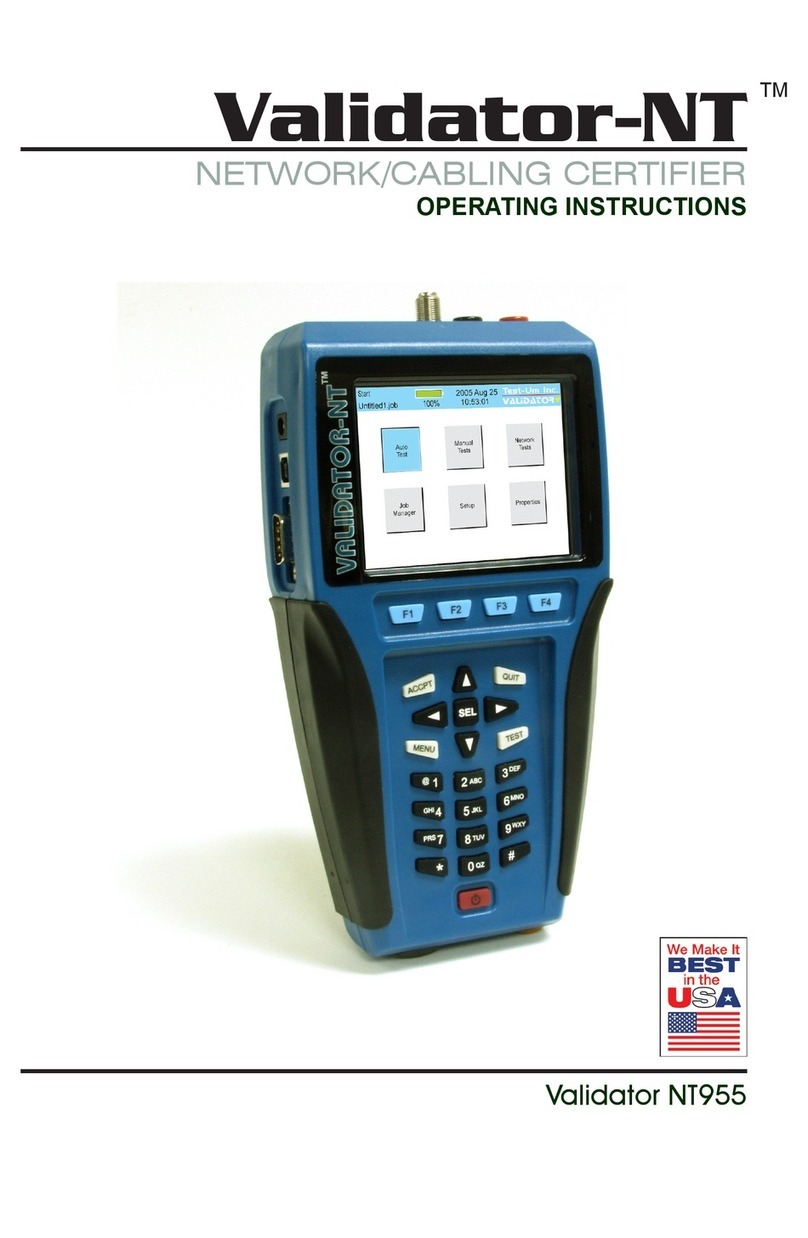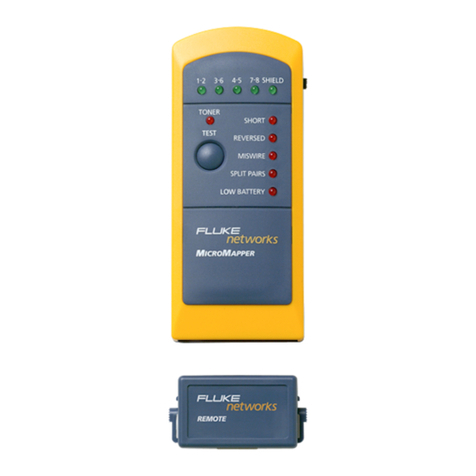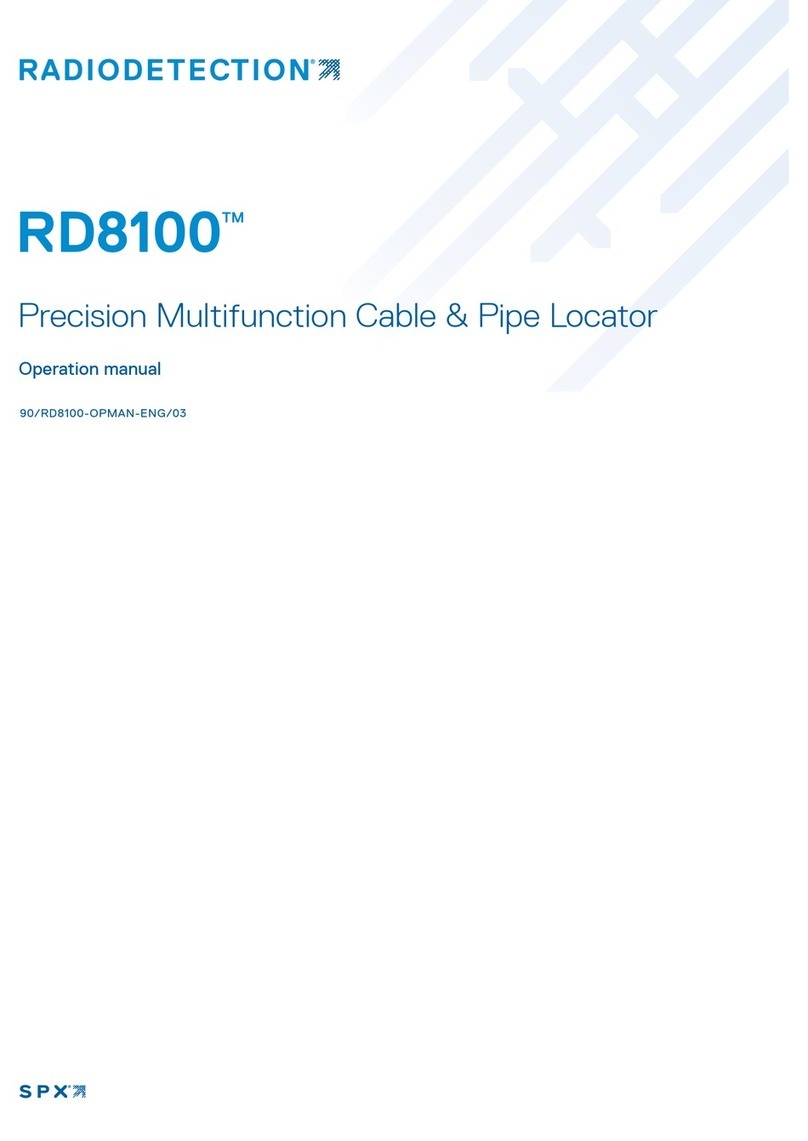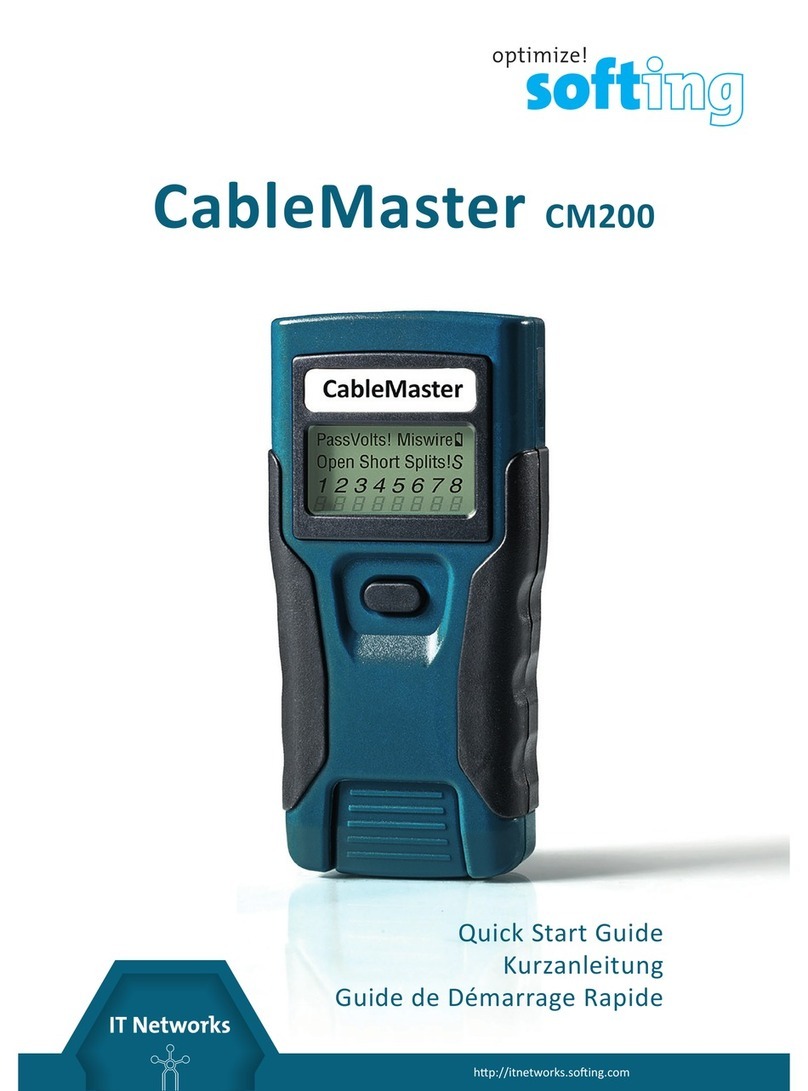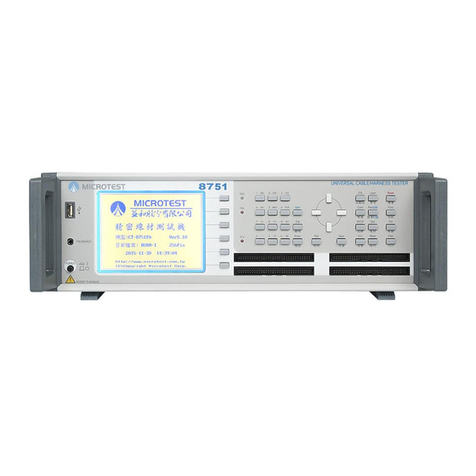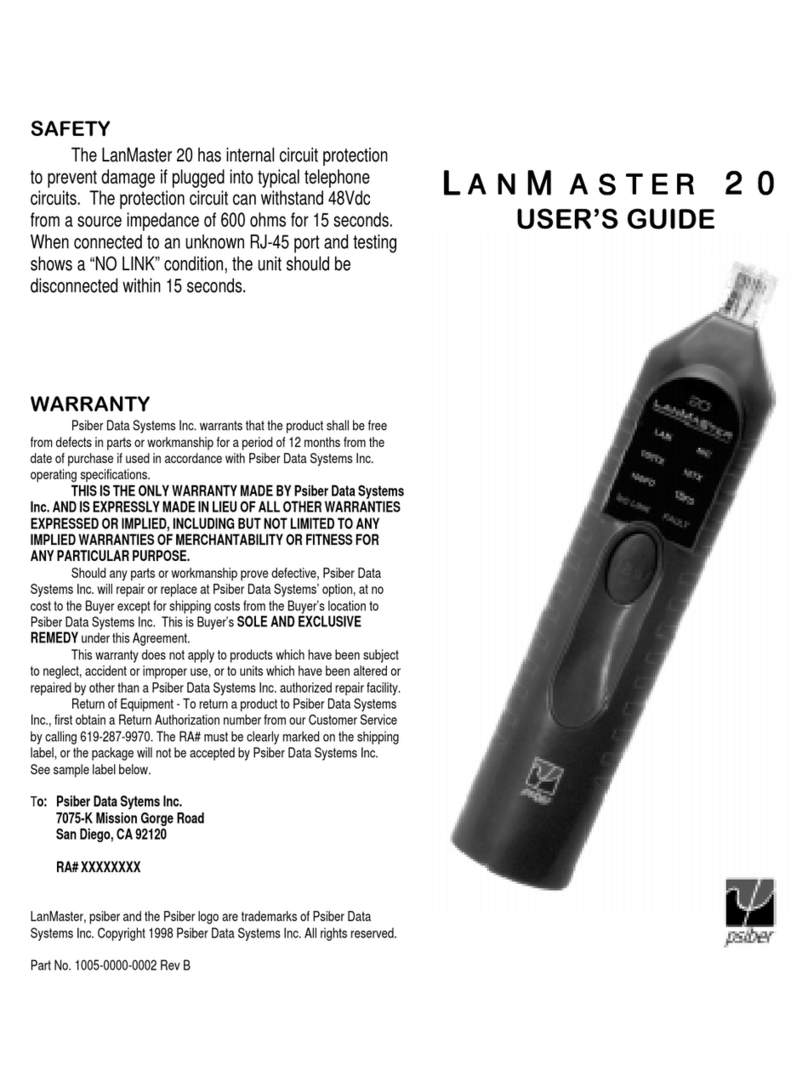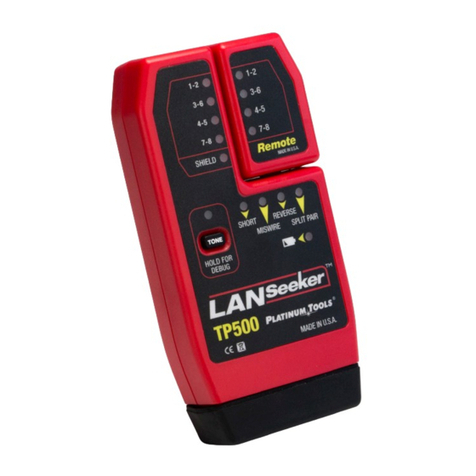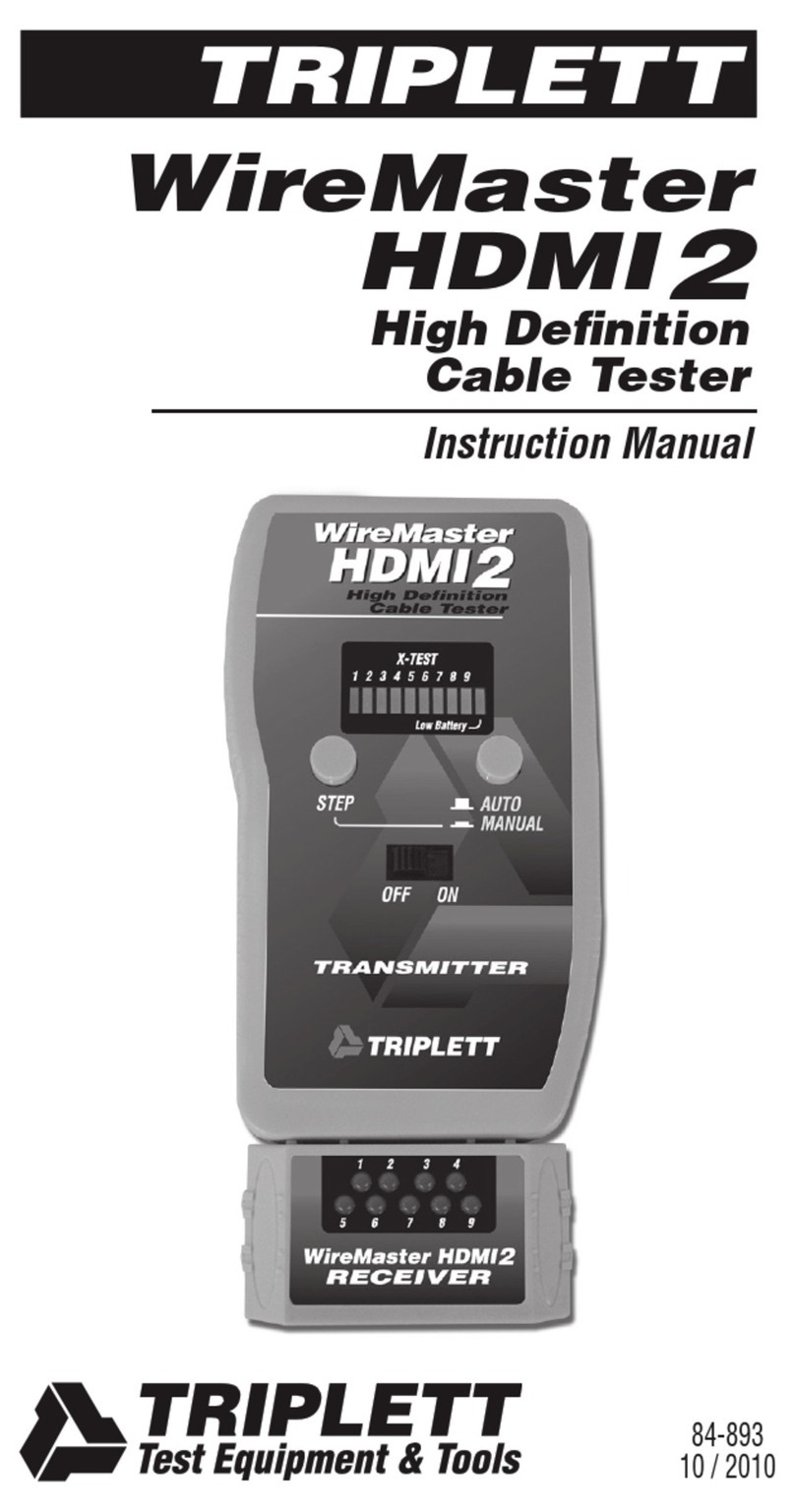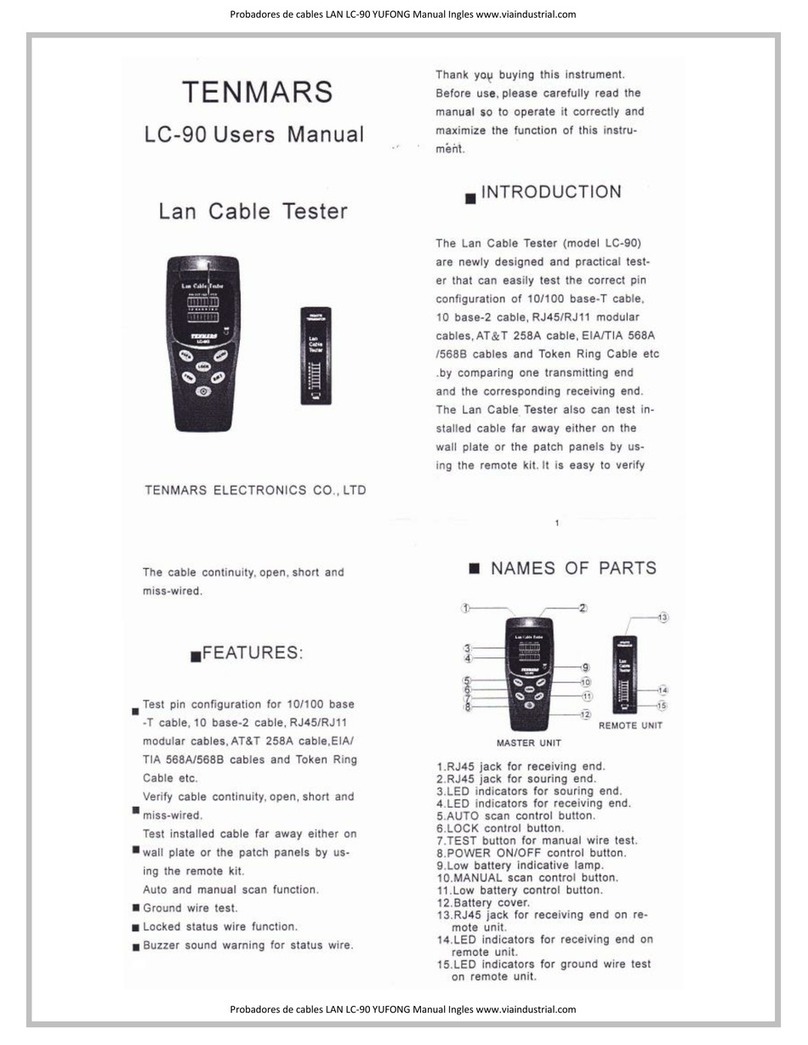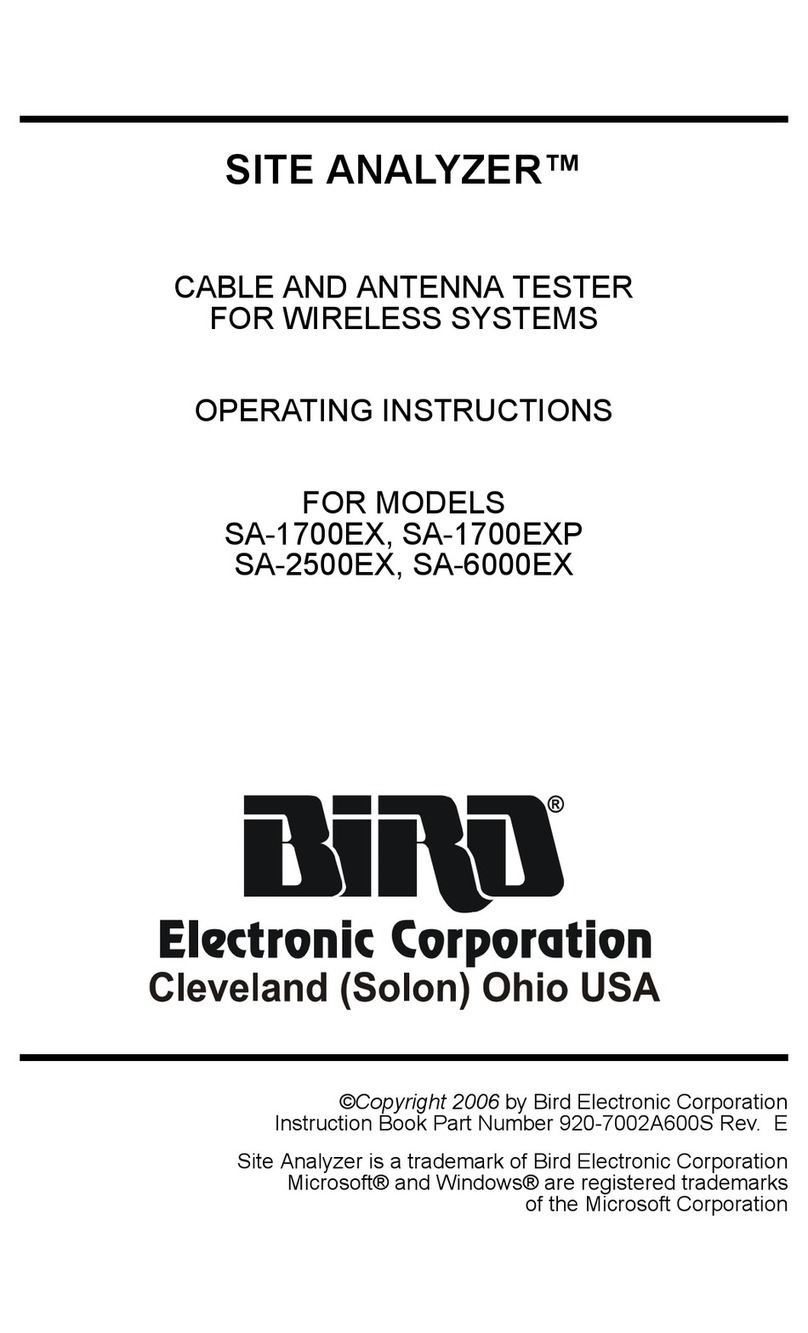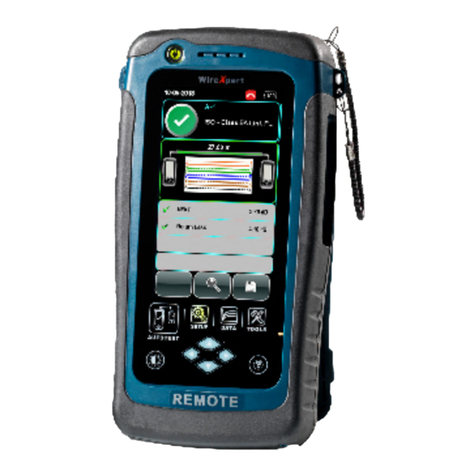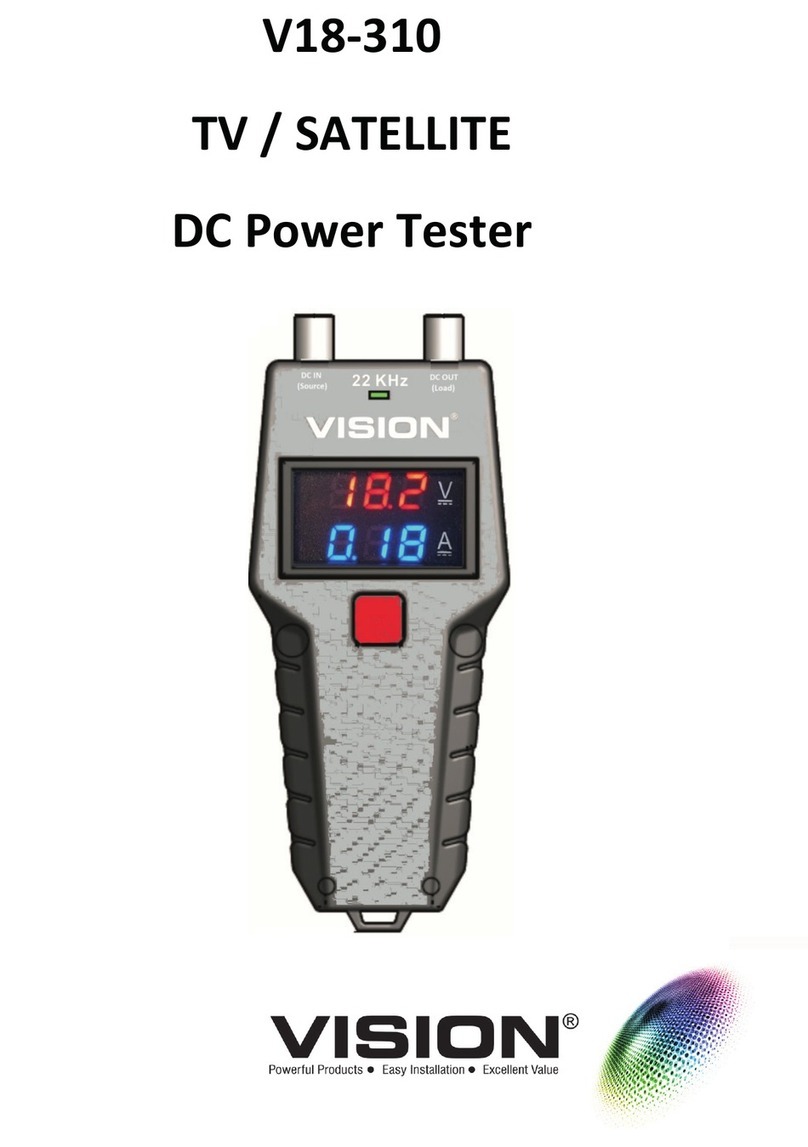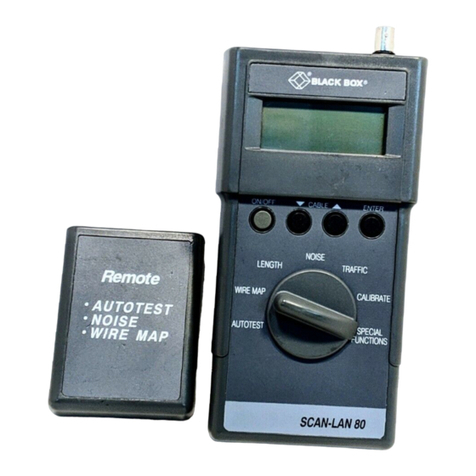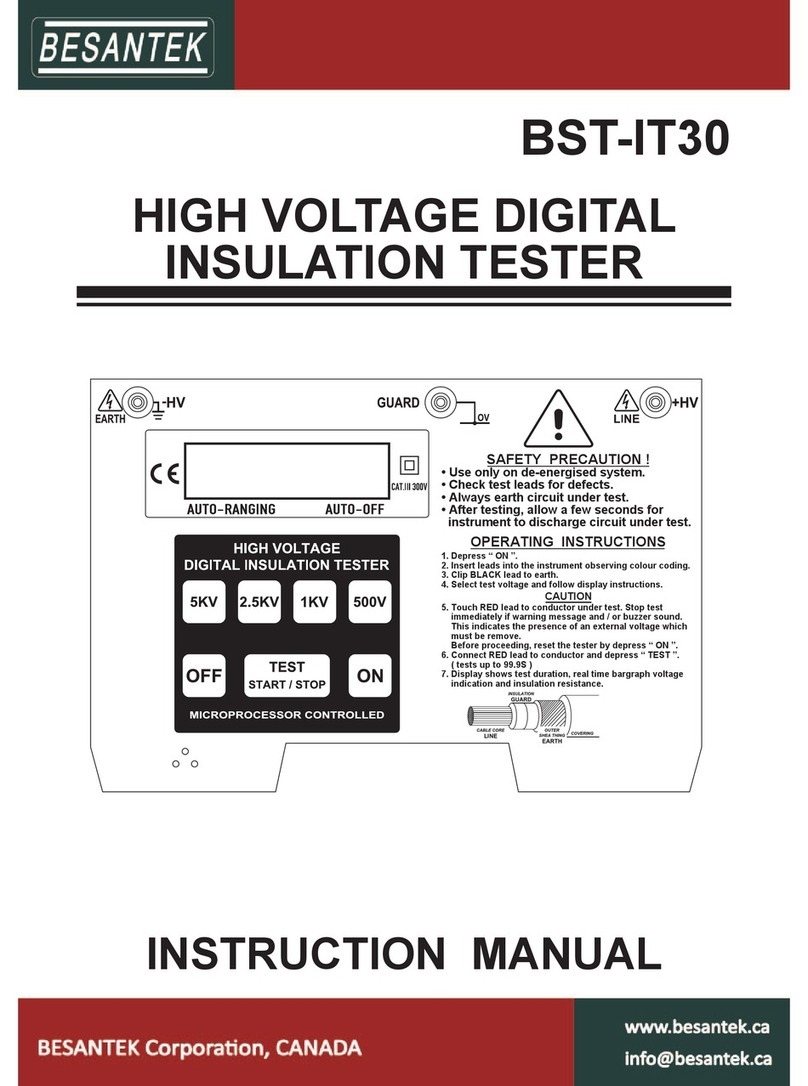10
Using the Test Set for Troubleshooting Circuits
Some general troubleshooting procedures and tips are provided here. These procedures may
require other tools or equipment that are specific to the communications system installation
trade. For a complete selection of DSV (data-signal-voice) tools, please refer to a Greenlee
full-line catalog, a Greenlee DSV catalog, or visit our website at www.greenlee.textron.com.
RFI (radio
frequency
interference)
Split pair An unbalanced pair near a radio transmitter will
be prone to RFI. Adding radio filters can reduce
the interference on the line (the symptom), but
does not solve the imbalance (the problem). To
troubleshoot, break the circuit down into
sections and check each section for split pairs
or a resistive imbalance.
Improperly removed bridge taps may also
introduce RFI. Bridge taps, which were once used
for party-line service (multiple users sharing a
cable pair), were often disconnected but left in
place, with a stub section of cable still connected.
This stub section can act as an antenna and
induce radio signals into the circuit.
Ground fault Check for the presence of AC line voltage. If AC
line voltage is present, measure the level. If it is
typical line voltage, contact the local electric
utility.
A long run of telephone
cable near a power line Contact the local electric utility.
Power hum Cable imbalance Break the circuit down into sections and check
each section for an imbalance.
Momentary or impulse
noise This may be due to an unbalanced cable, nearby
power switch gear, or similar equipment.
Popping, crackling The customer has an older carbon transmitter
type of telephone.
Noise Hiss (white noise);
pulse dialing causes a
momentary change in
the sound of the noise
This is probably due to water in the cables.
Cross connection Direct wiring fault Check for crossed pairs.
Cross-talk Split pair A split pair (a circuit made up of wires from two
separate wire pairs) will be unbalanced and
prone to cross-talk.
Constant ringing Telephone wire in
contact with an AC
power line
This is a potentially hazardous situation!
Remove the test set from the line carefully and
immediately.
Symptom* Possible Cause /
Troubleshooting Step Explanation
*Water may cause most of these symptoms and may cause multiple symptoms to appear at
the same time.
